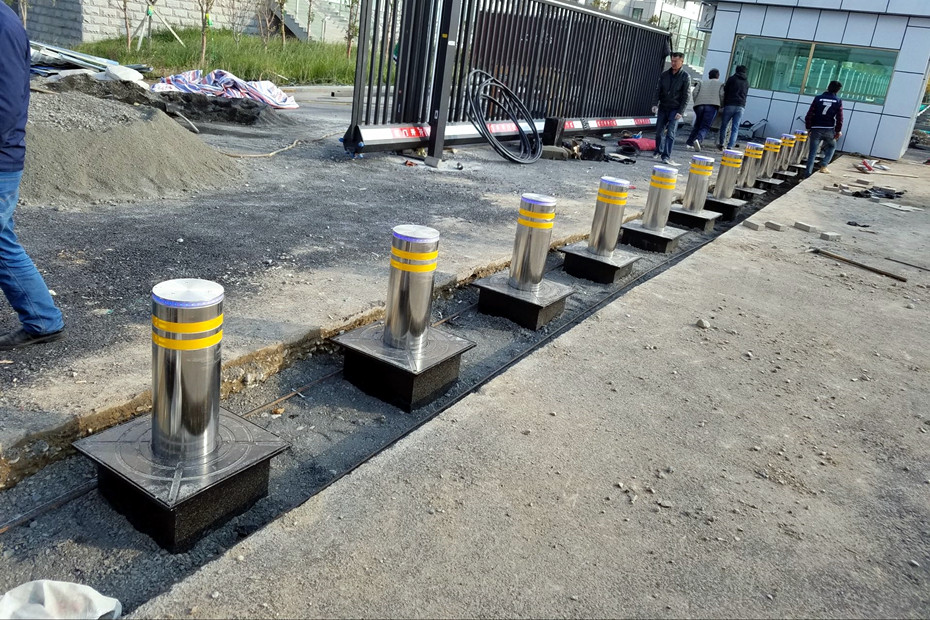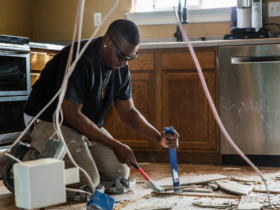Playing tennis on a well-maintained clay court is a great way to get in shape, stay active and have fun! The unique playing surface, with its soft texture and natural resilience, provides a perfect setting for exhilarating gameplay and improved skills development. However, unlike hard courts, clay courts require specific maintenance practices to keep them in top form. In this article, we’ll explore how to keep your clay tennis court in excellent condition, so you can continue to enjoy its benefits for years to come.
Professional Tennis Court Builders: The Foundation for Success
The first step in maintaining a clay tennis court is to ensure it is built to the highest standard. Experts such as tennis court builders will have the knowledge and experience to design and construct a clay court that meets industry standards. They will take into account slope, drainage, base layer composition, edging systems, surface protection, and many other factors that all play a crucial role in the longevity of your clay court. So if you are planning on building a new court or renovating an existing one, professional tennis court builders are the obvious choice. If you’re already an owner of a clay court, the next step is to make sure it’s properly maintained.
Routine Maintenance: Key to Clay Court Longevity
- Daily Grooming: Sweeping the court with a drag brush, broom, or drag mat helps redistribute loose clay particles, reduce court wear, and prevent moisture build-up. This process should be carried out daily to maintain consistent playing conditions. Remember to groom the court in circular patterns, working from the outside towards the center.
- Watering: Regular watering is essential to maintaining optimal playability on clay courts. The frequency depends on weather conditions and the amount of usage. During dry periods, watering should be done early in the morning or late in the evening to minimize evaporation. Pay special attention to high-traffic areas like the base and service lines, which tend to dry out faster.
- Redistribution of Clay Material: Over time, clay particles accumulate along court lines and edges, creating hard spots that hinder gameplay. Raking and scarifying these areas every few weeks can help redistribute the clay and restore an even playing surface.
- Lining: To maintain accurate lines, repaint them as needed, about every two weeks on average. Use court-approved paint that won’t damage the clay surface or interfere with playability.
- Inspecting Court Equipment: Regularly inspect nets, posts, and fencing for wear or damage. Replace defective parts as needed to ensure player safety and proper court appearance.
Conclusion: Preservation and Enjoyment
A well-maintained clay tennis court offers an unparalleled playing experience, but it requires consistent and appropriate care. By hiring professional tennis court builders, understanding the construction process, and taking the necessary steps to preserve your court’s condition, you’ll reap the rewards of this unique surface. In turn, your players will enjoy improved performance and greater satisfaction on the court for years to come. So if you’re looking to preserve your clay tennis court, maintain it properly and reap all the rewards!





